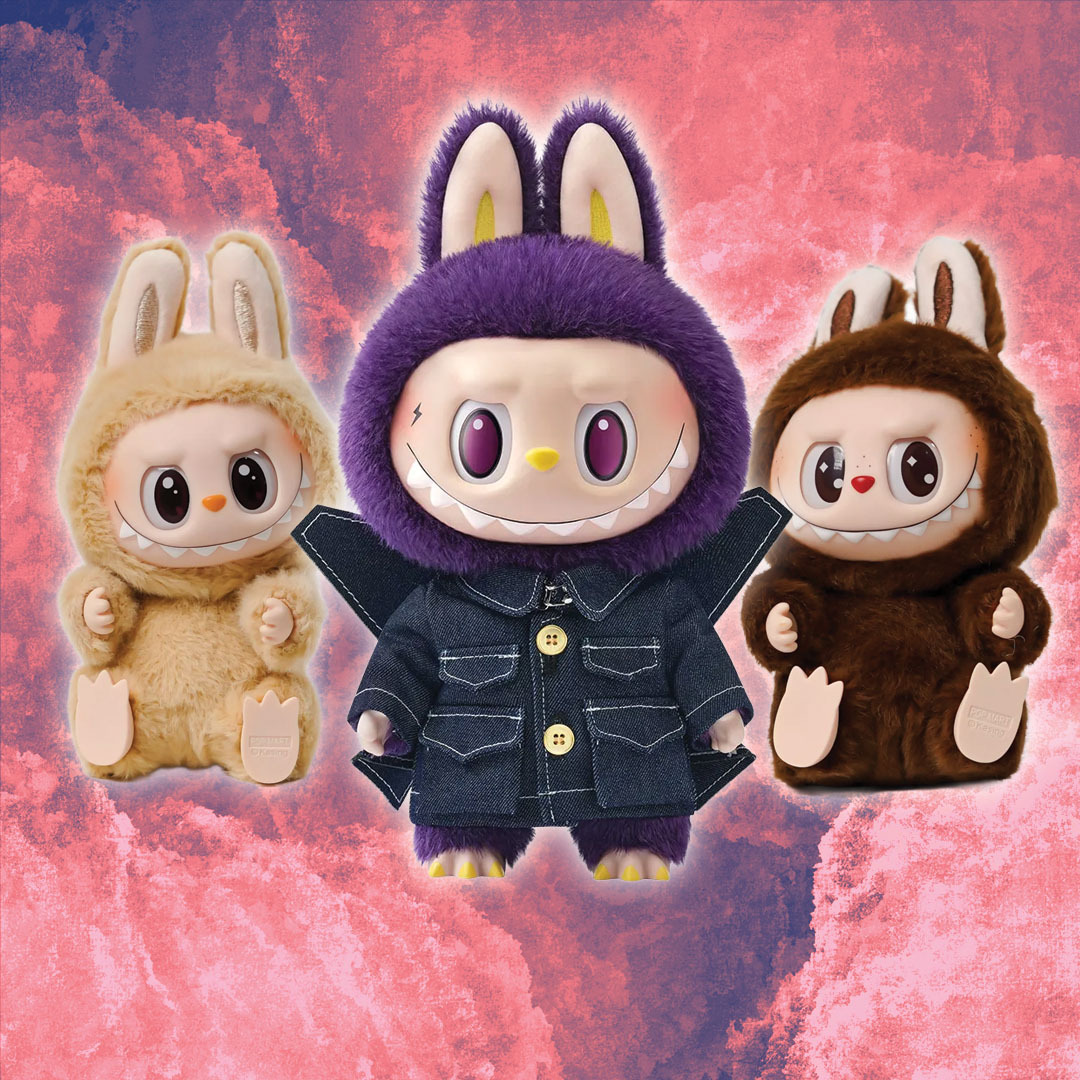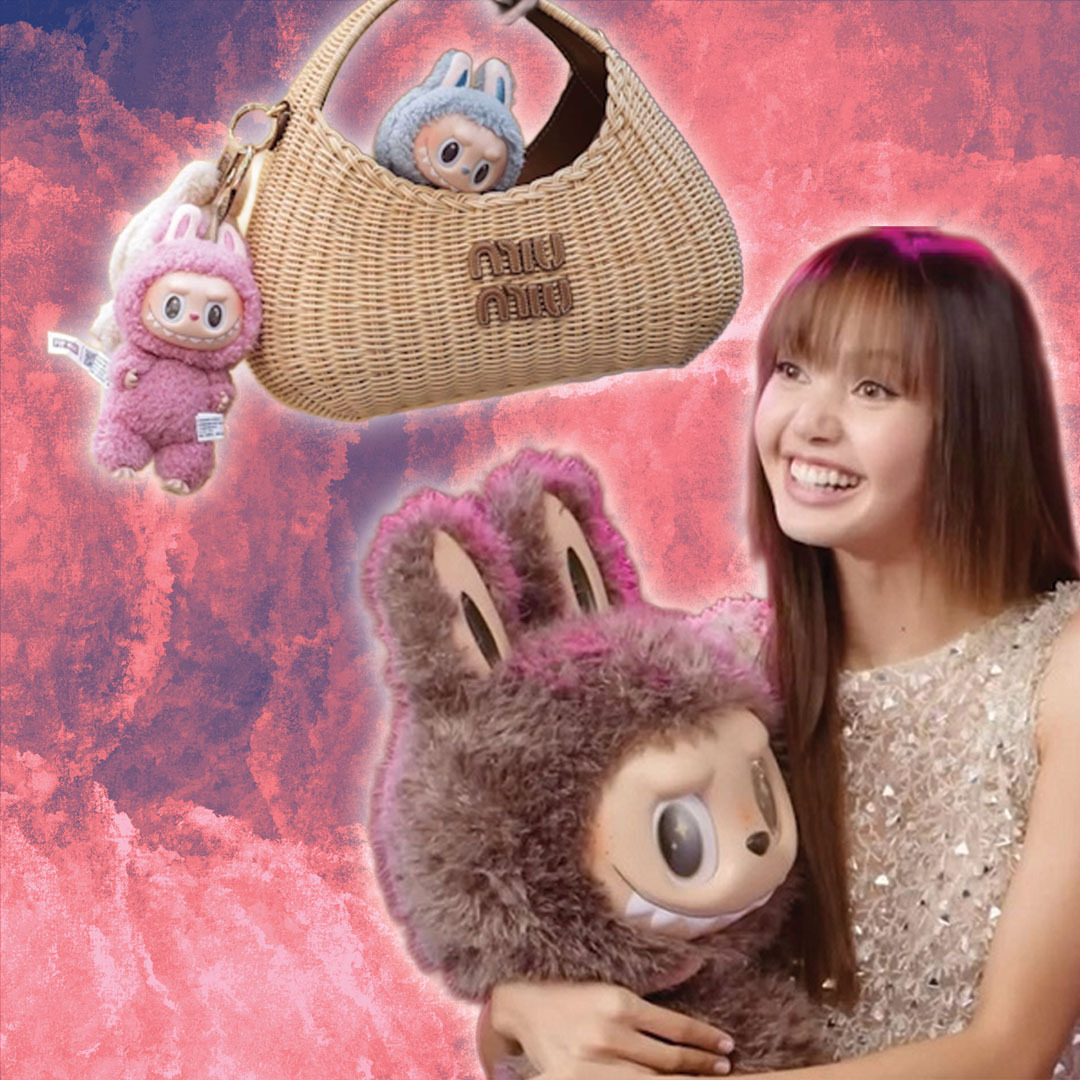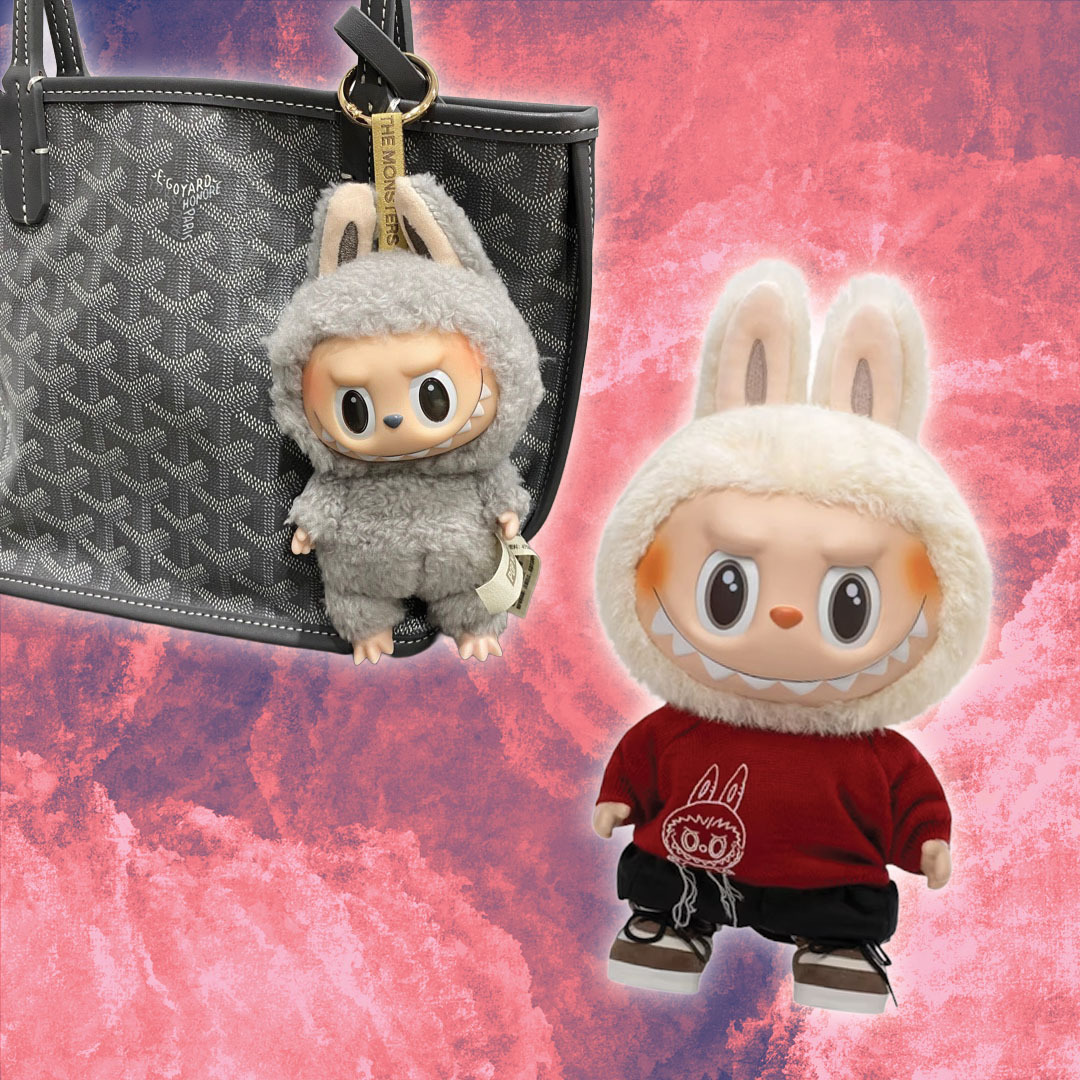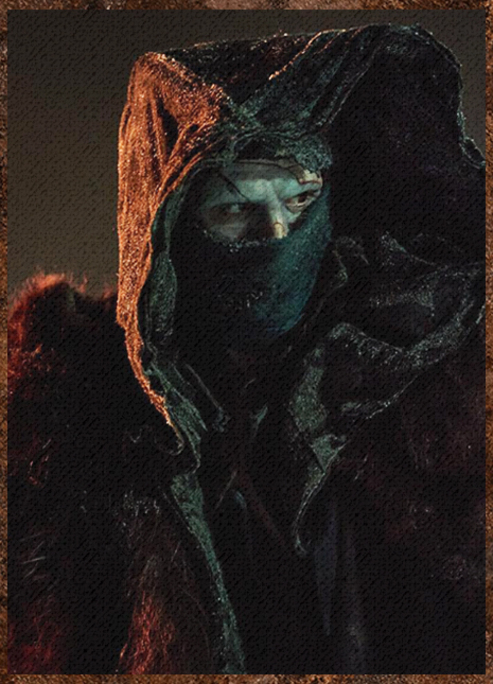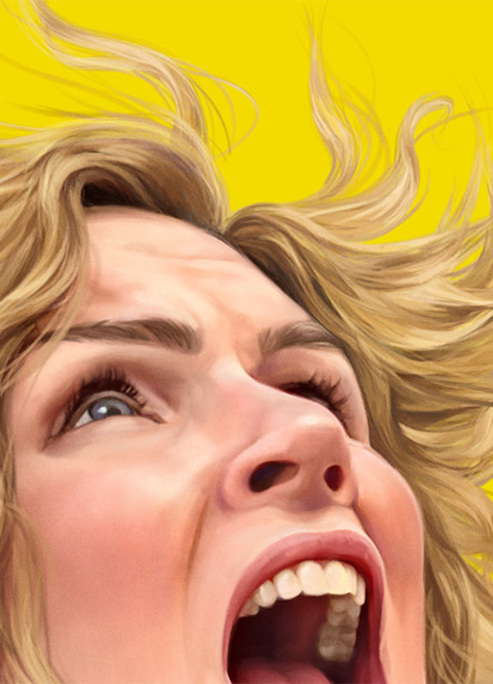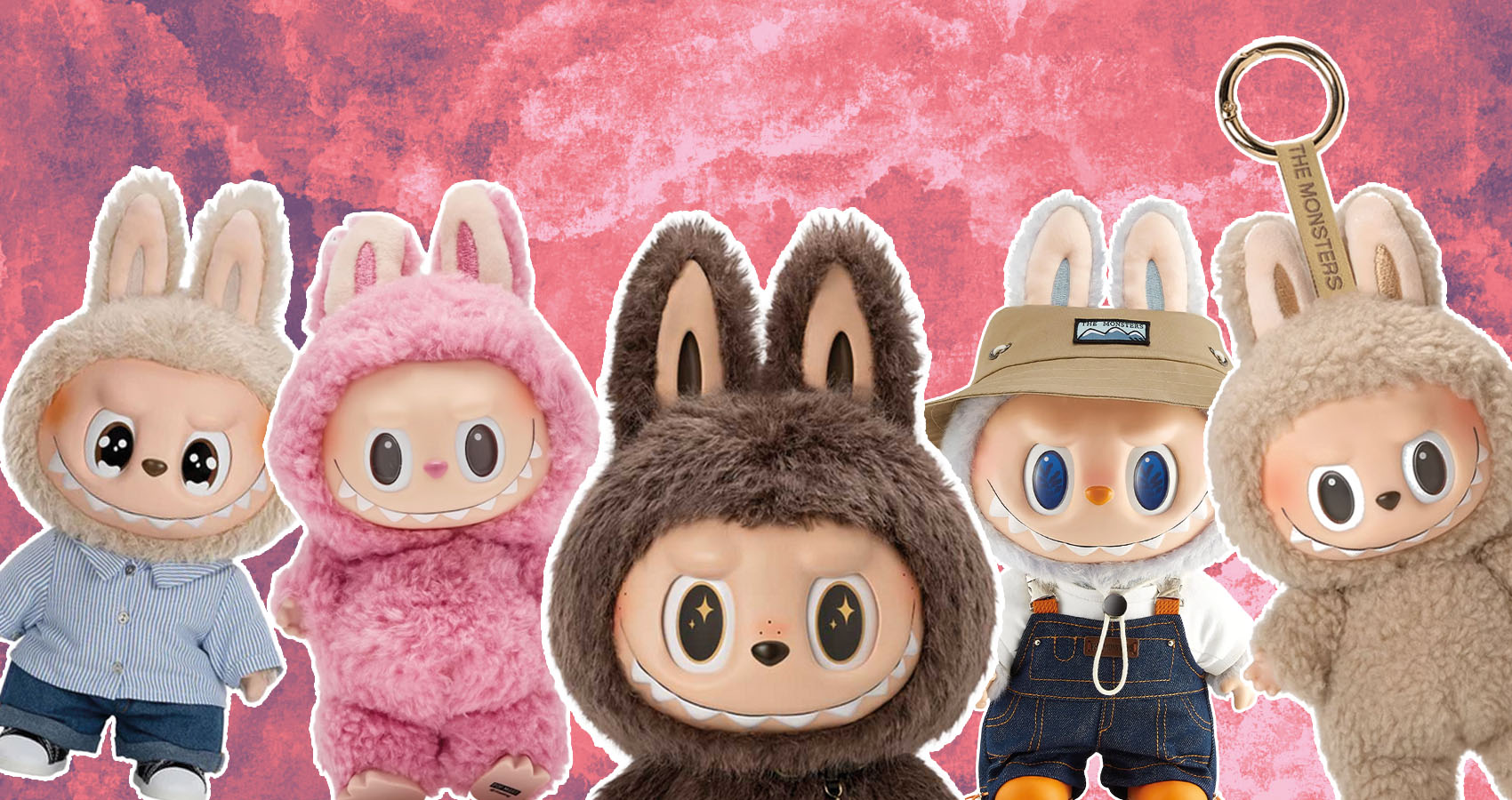
Labubu Mania: How a Creepy-Cute Monster Became a Global Collectible Craze
From the screen to viral obsession.
The Labubu doll has sprung into the public eye over the last few months seemingly from nowhere. These elf-like creatures with vinyl faces and plush bodies are visually similar to Dreamworks’ 2016 ‘Trolls’ as well as the ‘Monchhichi’ toys from the 1970’s, and are sold on the Chinese toy company Pop Mart. With their wide oval eyes, razor-sharp teeth and oversized ears, Labubu dolls toe the line between cute and creepy – and people can't get enough of them.
Humble Beginnings
Created in 2015 by Hong Kong-Belgian designer Kasing Lung, Labubu first appeared in The Monsters (a series inspired by Nordic folklore). The figures had originally been distributed by the company How2Work, gaining wider recognition in 2019 after a collaboration with Pop Mart. By 2022, they had become a sensation across China.
From Stars to Stores
The global breakout of Labubu was set by a string of celebrity sightings in 2024: Lisa from Black Pink posted her Labubu collection on Instagram, followed by Rihanna attaching one to her Louis Vuitton bag in February. Kim Kardashian and David Beckham soon followed suit, fuelling a buying frenzy online and in stores. This is entirely atypical of Chinese trends, helping to energise Chinese soft power which had been bruised by the pandemic and relations with the West.
Labubu’s widespread appeal lies in its accessibility, with figures generally retailing from £13.50 to £50. Additionally, like the trend of Pokémon cards, much of the appeal is the lottery element as Labubus are often released in ‘mystery boxes’. The lottery model has heightened online hype, with content creators releasing ‘unboxing’ videos across YouTube and TikTok. The trend has caused Pop Mart’s profits to triple in the last year; their success allowed them to open shops across 5 other countries in 2024.
Cracks in the Craze
The craze hasn’t been without controversy: high demand and low stock have triggered customer fights, prompting Pop Mart to pause in-store sales from May until the end of this month. Instead, the company has begun to use raffles, requiring government ID as well as a one-per-person regulation in order to block reseller bots.
Meanwhile, knock-off versions – nicknamed ‘Lafufus’ – have flooded secondary markets, sometimes fooling buyers.
Environmental concerns have also emerged, with critics questioning the sustainability of mass-producing plastic figurines that may eventually end up in landfill. Though relatively small in size, the dolls are often stockpiled by collectors in large quantities, adding to fears about waste and overconsumption.
Still, the market shows no sign of slowing. Earlier this month, a human-sized Labubu sold at auction in Beijing for a record 1.08 million yuan ($150,324). The 131cm figurine was the centrepiece of a Labubu-only auction hosted by Yongle International, where 48 items drew a crowd of 200 and raised a total of 3.37 million yuan. It is now the most expensive toy of its kind ever sold.
Only time will tell whether Labubu turns out to be a passing fad or a lasting icon. For now, at least, these sharp-toothed monsters reflect the collision of nostalgia, internet culture, and consumer hype.



